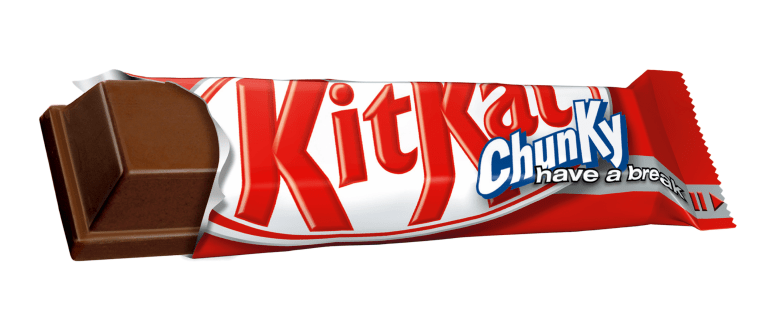Editor's note: An earlier version of this story said Nestle made the pledge regarding KitKat bars sold in the U.S. Hershey's manufactures KitKats in the U.S.
Nestle wants to make sure the next time you break off a piece of that KitKat bar, you’re eating cocoa made the right way and by the right people.
The company pledged on Monday that it would begin using "only sustainably sourced cocoa" to make all KitKat bars sold globally in the first quarter of 2016. Hershey controls KitKat manufacturing in the U.S. and announced in April that it would also only use sustainably sourced cocoa in its four most popular chocolate brands, including KitKats, by 2016. KitKat already uses only sustainably sourced cocoa in several other markets including Canada, Australia, South Africa and all European markets.
And company spokeswoman Lisa Gibby told NBC News that the company plans to expand its use of sustainable cocoa to supply the entire lines of all U.S. Nestle chocolate brands, including Crunch, Butterfinger and Hot Cocoa, as soon as possible.
“Our goal is to get to 100 percent of our portfolio,” she said.
Why is this significant?
Cocoa farming is notorious for substandard working conditions, including forced child labor, in parts of West Africa. In June 2012, Nestle partnered with the Fair Labor Association (FLA) to investigate the conditions at some of the West African cocoa fields the company works with. According to the report, “Several risks in terms of labor standards have been identified, especially in the areas of child labor, forced labor, health and safety, discrimination and compensation.”
Chocolate Is a Bittersweet Way of Life in Ghana
As part of the “Nestle Cocoa Plan,” the chocolate giant “aims to improve the lives of cocoa farming communities and the quality of the cocoa we purchase.”
For example, “In Cote D’Ivoire we have set up a comprehensive monitoring and remediation system, which is helping us to work with households and those communities to address or prevent this serious and complex problem (child labor),” Gibby said.
Nestle’s productions in Australia, New Zealand, Canada and Japan are already using only sustainably sourced cocoa, according to nestlecocoaplan.com. Nestle Europe is close behind with 93 percent, but the U.S. operation is only at 40 percent.
Gibby said Nestle has lagged in obtaining 100 percent sustainably sourced cocoa for its U.S. products because “the cocoa supply chain is complex and ensuring that 100 percent (of the supply) is certified cocoa takes time.”
Got a news tip? Email nbctips@gmail.com.
